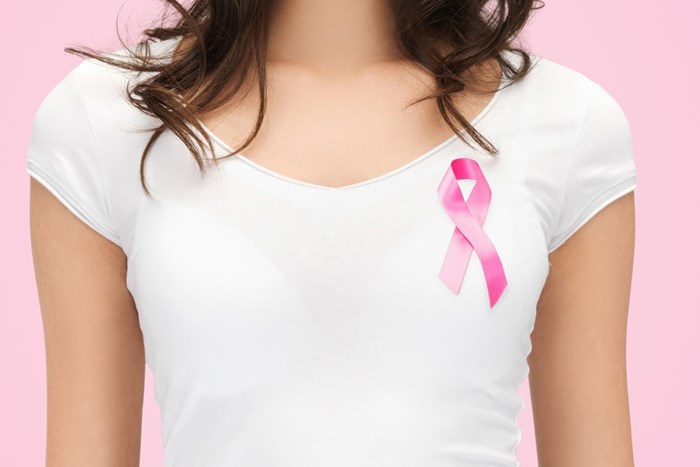Why Choose a Board-Certified Plastic Surgeon
Choose a board-certified plastic surgeon and be confident you are in the care of a highly trained surgeon you can trust.

Working with breast cancer patients during breast reconstruction is both challenging and incredibly rewarding. While watching my patients suffer can be tough, I am often inspired by their strength, resolve and selflessness.
Breast cancer patients, many of whom are mothers, wonder what the disease will mean for their daughters and family. My patients are often concerned that they passed on "the breast cancer gene" to their children. I'd like to help you understand how genetics affect breast cancer so you and your family can find answers and stay healthy.
The BRCA1 and BRCA2 genes, when functioning normally, produce proteins that suppress tumor production, so they actually protect you from getting certain types of cancer. It is mutations (changes) in these genes that increase your risk of getting certain types of cancer—most commonly breast and ovarian cancers. These dangerous mutations can be inherited, but only 5%-10% of women with breast cancer have these mutated BRCA genes.
Mutations like the BRCA1 and BRCA2 are very uncommon. It is estimated that only 1 in 400 or 1 in 800 women in the general public have one of these significant BRCA mutations. Studies have found there are risk factors that can increase the chances of having a BRCA mutation. However, even people with these risk factors only have a 15%-20% chance of having a BRCA mutation. These people can be tested to see if they have a mutation. Many insurance companies will cover the cost of these tests, which are considered to be preventative care.
Genetic testing can be ordered by a physician or through a genetic counselor. It is often better to get the family member with breast or ovarian cancer tested first, since they are more likely to have the BRCA mutation. If they don't have the BRCA mutation, they couldn't have passed it on to anyone else.
Keep in mind that these tests are complicated and don't always give simple answers. Everyone's genes are a little different, so there could be variances that you won't understand. Your test results could show a variation from normal that may still be "normal." This is why it is important to speak with a physician or genetic counselor prior to and while reviewing genetic test results. He or she can help you pick the right test based on your family history and explain the results to you.
First, know that this does not mean you will get cancer. While your risk of developing cancer with one of these mutations is higher than that of the general population, it is not 100%. The table below lists the risk for developing breast or ovarian cancer, and this information changes as data continues to come in.
There are ways to decrease risks for getting cancer, and close monitoring that can be done to catch cancers in early stages. The care options you choose are incredibly personal. I recently counselled a 17-year-old girl about the BRCA gene mutation and what that meant for her. That was a very different discussion from the one I had with a 60-year-old grandmother who had taken the test to get information to help her children.
Prevention strategies come from a spectrum of options that include frequent exams, MRIs and medications. It may even be necessary to remove breast tissue and ovaries with surgery, which can nearly eliminate the risk of breast and ovarian cancer. It is important to review your options with a physician so you can make an informed decision that is right for you.
| Breast Cancer | Ovarian Cancer | |
|---|---|---|
| BRCA 1 | 55%-65% | 39% |
| BRCA 2 | 45% | 15% |
Unfortunately, no. 90-95% of women with breast cancer and 85% of women with ovarian cancer do not have mutations in their BRCA genes. The lifetime risk for the general population to develop breast cancer is about 12%, and the risk for developing ovarian cancer is 1.3%. However, there are things you can do that have been shown to decrease the risk of breast cancer.
| Activity or condition | Risk for breast cancer |
|---|---|
| Moderate exercise | DECREASES by 15%-25% |
| Estrogen/progesterone hormone replacement therapies | INCREASES risk by 25% |
| Drinking alcohol | More than 3 or 4 alcoholic drinks per week INCREASES risk by 15% |
| Breastfeeding | DECREASES risk of breast cancer |
| Tobacco use | INCREASES risk of breast cancer |
| Obesity | INCREASES risk of breast cancer |
| Radiation | INCREASES risk of breast cancer |
Breast cancer can be intimidating, but I hope this discussion has eased your mind. Don't be afraid to ask your doctor any further questions. Understanding BRCA mutations, diagnostic tests and cancer prevention measures will help you and your family stay well and happy.
The views expressed in this blog are those of the author and do not necessarily reflect the opinions of the American Society of Plastic Surgeons.



